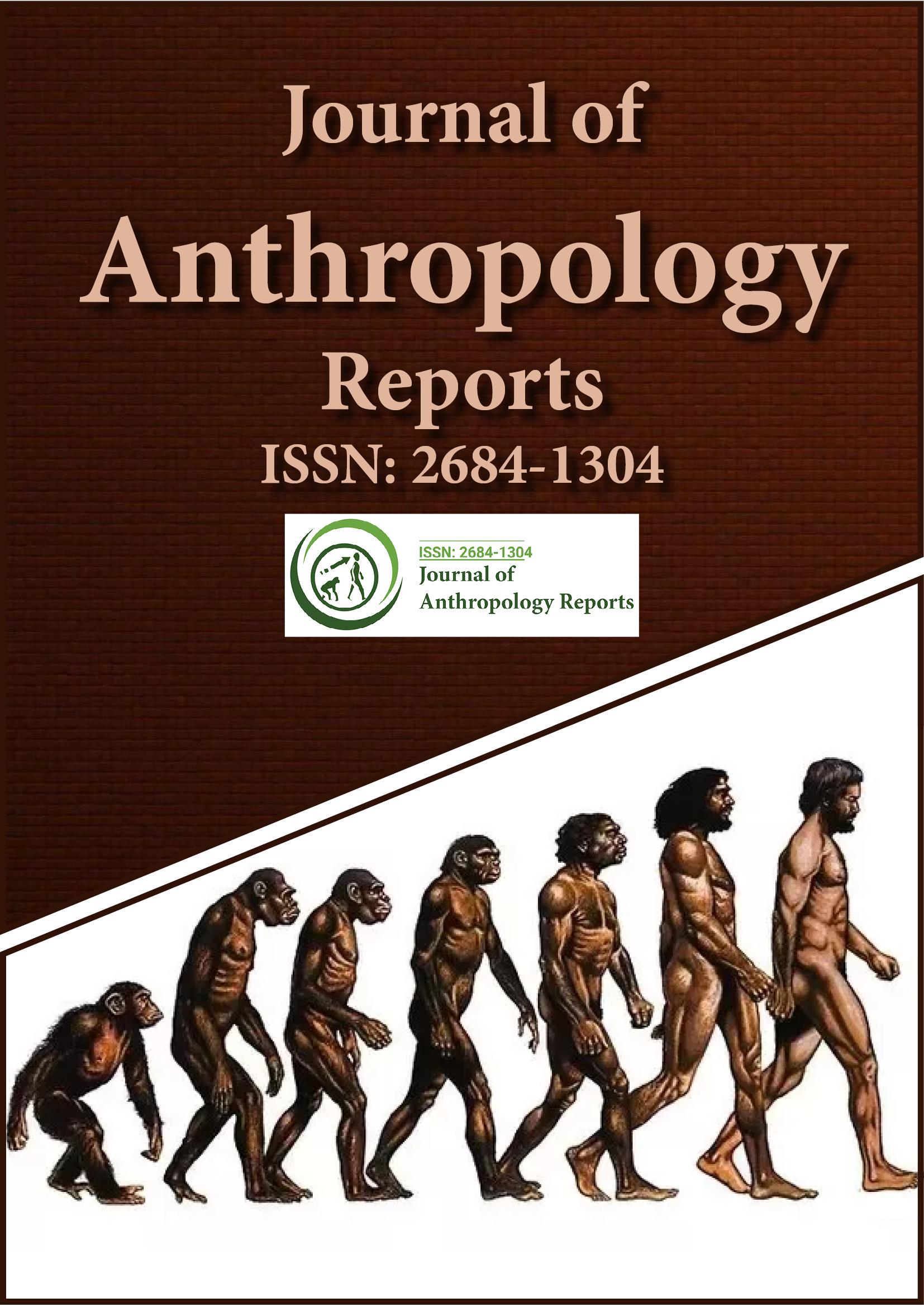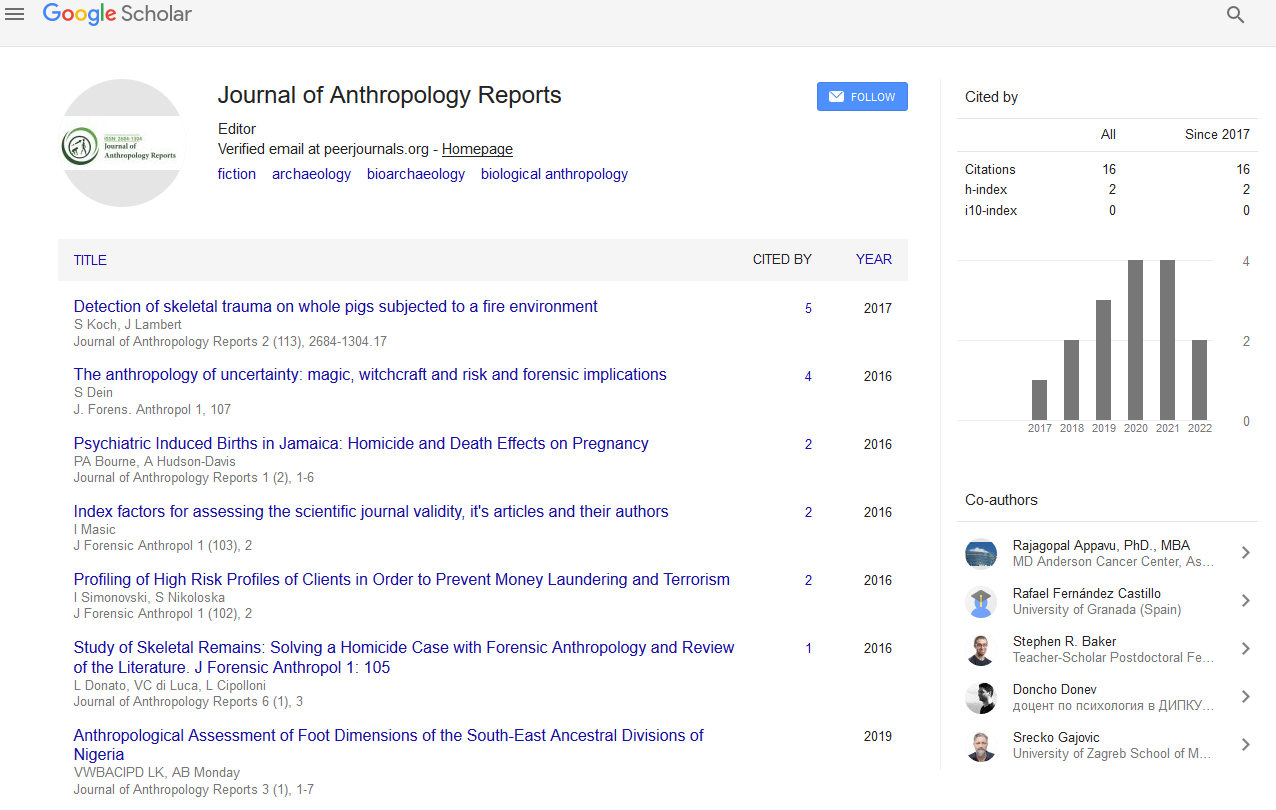Indexed In
- RefSeek
- Hamdard University
- EBSCO A-Z
Useful Links
Share This Page
Journal Flyer

Open Access Journals
- Agri and Aquaculture
- Biochemistry
- Bioinformatics & Systems Biology
- Business & Management
- Chemistry
- Clinical Sciences
- Engineering
- Food & Nutrition
- General Science
- Genetics & Molecular Biology
- Immunology & Microbiology
- Medical Sciences
- Neuroscience & Psychology
- Nursing & Health Care
- Pharmaceutical Sciences
Abstract
Forensic 2020 Assessing Symptom Exaggeration of Psychopathology in Forensic Contexts: Correctional Inmates and Mentally Ill Offenders- Natthawut Arin- Chiang Mai University
Natthawut Arin
Abstract:
In forensic contexts, offenders may often exaggerate psychosis symptoms in order to avoid criminal responsibility. Nowadays, there is not much empirical study of this matter in Thailand.This current study will explore the findings of that phenomenon. The objectives of this study were to explore the prevalence rate, examine the classification accuracy of the Thai version of the Symptom validity test (SVT-Th), and investigate the factors that effect on symptom exaggeration of psychopathology in correctional inmates and mentally ill offenders (MIOs). Total participants were 608, consisted of 528 inmates in prison and 80 of MIOs who referred from court to a psychiatric forensic unit for a forensic psychiatric assessment. The SVT-Th was examined for detecting symptom exaggeration of psychopathology.
Introduction
Results from the SVT-Th using cut-off score of ≥79, indicated the prevalence rate of feigned psychopathology in overall forensic participants were 8.88%, which 3.20% were correctional inmates, and 46.30% of the MIOs. According to the criterion of the SVT-Th, 90.50% of the respondents were correctly identified, while 6.10% were incorrectly identified. In addition, this research found that the offenders who had a History of mental illness were more exaggeration to psychopathological symptoms than those without a history of mental illness with statistical significance. As for the Type of crimes (including Violent crime, Sex crime, Property crime and Drug-related crime) and the Number of crimes (including First offense, 2-3 times the offenses and more than 4 times the offenses), there were no significant differences on average score of SVT-Th. Interestingly, who have had a committed violent crime, and committing more than 4 times of the offenses likely endorsed more psychopathological symptoms than other groups.
In conclusions, the prevalence rate of feigned psychopathology in Thai forensic context is consistent with other studies. The SVT-Th demonstrated preeminent classification accuracy and has good psychometric properties for detection of exaggerating psychopathology in Thai forensic samples. It is regularly acknowledged that people with psychological maladjustment (PMI) are over-spoken to in the criminal equity framework (see Munetz, Grande, and Chambers, 2001; Teplin, 1984). Of most prominent worry to emotional well-being experts working with wrongdoers with dysfunctional behavior (OMI), and aggravating the issue for remedial directors, are the discoveries that PMI have been detained at excessively expanding rates throughout the most recent ten years (e.g., Condelli, Bradigan, and Holanchock, 1997; Hodgins, 1995; Steadman, Morris, and Dennis, 1995). Indeed, the United States has multiple times more people with serious psychological maladjustments in jail than in mental medical clinics (Abramsky and Fellner, 2003); in this manner, it shows up most of PMI are arriving in the criminal equity framework as opposed to the emotional wellness framework. It is broadly perceived that most gauges of the quantity of detained guilty parties experiencing psychological instability are under-delegate of real commonness rates (Rice and Harris, 1997), with late discoveries indicating around one-quarter (25%) of wrongdoers sufferring from emotional well-being issues including a past filled with inpatient hospitalization and mental judgments (James and Glaze, 2006). The clinical picture in American correctional facilities is considerably all the more vexing (note that prisons detain people anticipating preliminary or sentenced for less genuine offenses), as neighborhood correctional facilities have supplanted psychological well-being offices as suppliers of emotional well-being treatment. As one model, in the mid 1990s, the Los Angeles County Jail framework outperformed state and private mental medical clinics to turn into the country's biggest supplier of institutionally based emotional wellness administrations (Torrey, 1995). METHODS: With these movements in position of PMI, treatment endeavors for OMI have been not able to stay up with the detainment rates in state and government prison and jail offices. Actually, the U.S. remedial frameworks have been reprimanded for neglecting to give even negligibly fitting emotional wellness administrations for jail prisoners (Human Rights Watch, 2003). Intensifying the issue, the criminal equity framework was structured as an open wellbeing framework so it isn't astounding that couple of assets are focused toward the particular treatment needs of OMI (Boothby and Clements, 2000). Therefore, numerous OMI experience expanded mental side effects (Morgan, Bauer, et al., 2010), with a lion's share requiring inpatient treatment for intense mental side effects during imprisonment (Lamb, Weinberger, Marsh, and Gross, 2007). At the point when administrations are justified, there stays a lack of experimental research managing successful treatment techniques for OMI. Truth be told, "treatment result look into on intellectually sick guilty parties explicitly is practically nonexistent" (Rice and Harris, 1997, p. 164), and "are as scant now as they were 30 years back… Too barely any projects are being created and… tried with the thoroughness that would yield the confirmation expected to mark them as proof based" (Snyder, 2007, p. 6). In this manner, clinicians rewarding OMI do as such without adequate viability or viability information on which to base their practices. Thus, clinicians are left scanning for the best remedial treatment and rehabilitative techniques for detained OMI to lighten enduring (e.g., improved emotional prosperity, diminished symptomatology, and so forth.) during times of imprisonment, and along these lines lessen mental (come back to the emergency clinic) and criminal (come back to the criminal equity framework with new charges or parole disavowal) recidivism when discharged go into society. The restorative treatment writing has basically centered around intercessions focusing on criminalness with non-disarranged guilty parties (see Andrews and Bonta, 2006; Gendreau, 1996 for surveys of this writing), and methodologies for rewarding criminalness as a rule populace detainees may likewise demonstrate useful for OMI whose criminal conduct has comparative etiology (Rice and Harris, 1997). In particular, OMI present with comparable criminal hazard factors as non-intellectually sick wrongdoers (Bonta, Law, and Hanson, 1998). There is persuading proof that remedial intercessions are better than endorsed approaches (e.g., imprisonment, electronic observing, and so forth.) alone for decreasing recidivism (see Andrews and Bonta, 2006 for a careful survey).DISCUSSION
Eminently, the best proof based intercession worldview for non-intellectually disarranged wrongdoers is Risk–Need–Responsivity (R–N–R; Andrews, Bonta, and Hoge, 1990). R–N–R is likely the most normally used model of guilty party appraisal and treatment (Ward, Mesler, and Yates, 2007). To sum up, R–N–R alludes to distinguishing wrongdoer hazard and coordinating the degree of administrations to the guilty parties level of hazard for reoffending (more serious hazard requiring more noteworthy and increasingly escalated mediation; Risk Principle), recognizing and rewarding variable (dynamic) chance factors straightforwardly connected to criminal conduct (criminogenic needs; Need Principle), lastly, giving psychological social medicines custom fitted to the particular needs of the wrongdoer, for example, the guilty party's learning style, inspiration, character working, or subjective working (Responsivity standard). What's more, administrations should be serious in nature requiring in any event a couple of months' investment (Gendreau, 1996) as expanded treatment dose brings about diminished recidivism (Bourgon and Armstrong, 2005; Wormith and Olver, 2002). Organized intercessions bring about progressively positive results (Leak, 1980; Morgan and Flora, 2002), as does the utilization of schoolwork (Morgan and Flora, 2002) which helps guilty parties over-learn data and stretch out figuring out how to the wrongdoers' genuine world (Morgan, Kroner, and Mills, 2006). In spite of the earth, specialist co-ops who identify with guilty parties in relationally touchy and helpful habits accomplish better results (Andrews and Bonta, 2006; Skeem, Eno Louden, Polaschek, and Camp, 2007). In outline, the most experimentally bolstered mediations for guilty party populaces cling comprehensively to standards of R–N–R with a psychological social casing work by people with a firm however caring social style (Skeem, Polaschek, and Manchak, 2009).
Key words: Symptom Exaggeration, Psychopathology, Forensic Contexts, Correctional Inmates,
Mentally Ill Offenders
Note: This work will be presented partly at 5th International Conference on Forensic Psychology & Criminology, September 07-08, 2020 in a webinar
Published Date: 2020-06-01;

